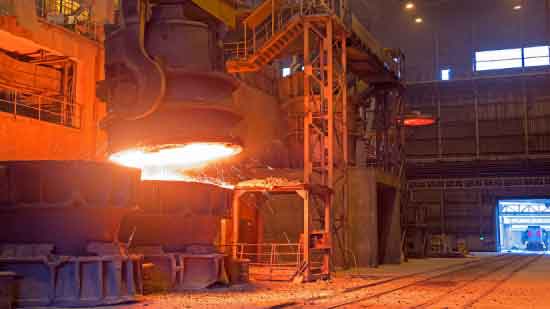
Steel sand casting is a highly effective method for producing strong and durable components. The inherent properties of steel, combined with the advantages of sand casting, result in robust and reliable parts. Here are some key factors that contribute to the strength and durability of components created through steel sand casting:
- Material Properties: Steel is renowned for its exceptional mechanical properties, including high tensile strength, hardness, and wear resistance. By utilizing various steel alloys, such as carbon steels, low alloy steels, and stainless steels, specific material properties can be achieved to suit the intended application and ensure component durability.
- Solidification and Cooling Control: During the steel sand casting process, the solidification and cooling of the molten steel are carefully controlled. Proper cooling rates and solidification processes are critical to obtain a fine grain structure, uniform mechanical properties, and minimized defects. Controlled cooling also helps to prevent cracking and enhance the overall strength of the component.
- Solidification Shrinkage Compensation: Steel sand casting allows for the use of risers and feeding systems to compensate for solidification shrinkage. These mechanisms provide a reservoir of molten metal that feeds into the casting as it solidifies, ensuring that the component solidifies evenly and fully. This reduces the risk of internal voids and porosity, enhancing the structural integrity and strength of the final part.
- Design Considerations: The design of the component plays a vital role in its strength and durability. Proper consideration of factors such as wall thickness, ribbing, fillets, and reinforcement structures can optimize the strength-to-weight ratio and ensure load-bearing capabilities. Design modifications can be incorporated during the pattern-making stage to enhance the mechanical properties of the component.
- Heat Treatment: Post-casting heat treatment processes, such as annealing, quenching, and tempering, can be employed to further enhance the strength and toughness of steel castings. Heat treatment refines the microstructure of the steel, improving its mechanical properties and making it more resistant to wear, impact, and fatigue.
- Machining and Finishing: Machining operations can be carried out on steel castings to achieve precise dimensions and surface finishes. Proper machining techniques, such as correct cutting parameters and tool selection, ensure the integrity and durability of the component. Additionally, surface treatments such as plating, coating, or painting can provide additional protection against corrosion and wear.
- Quality Control: Stringent quality control measures are crucial to ensure the strength and durability of steel castings. Non-destructive testing methods, such as visual inspection, ultrasonic testing, X-ray examination, and magnetic particle testing, are employed to detect any defects or discontinuities that may compromise the integrity of the component. Dimensional inspections and mechanical testing ensure that the castings meet the required specifications and performance criteria.
By leveraging the inherent strength of steel and applying the appropriate casting techniques and quality control measures, steel sand casting enables the production of components that possess excellent strength, durability, and reliability. These strong and durable components find applications in various industries where load-bearing capacity, resistance to wear and corrosion, and long-term performance are critical factors.
